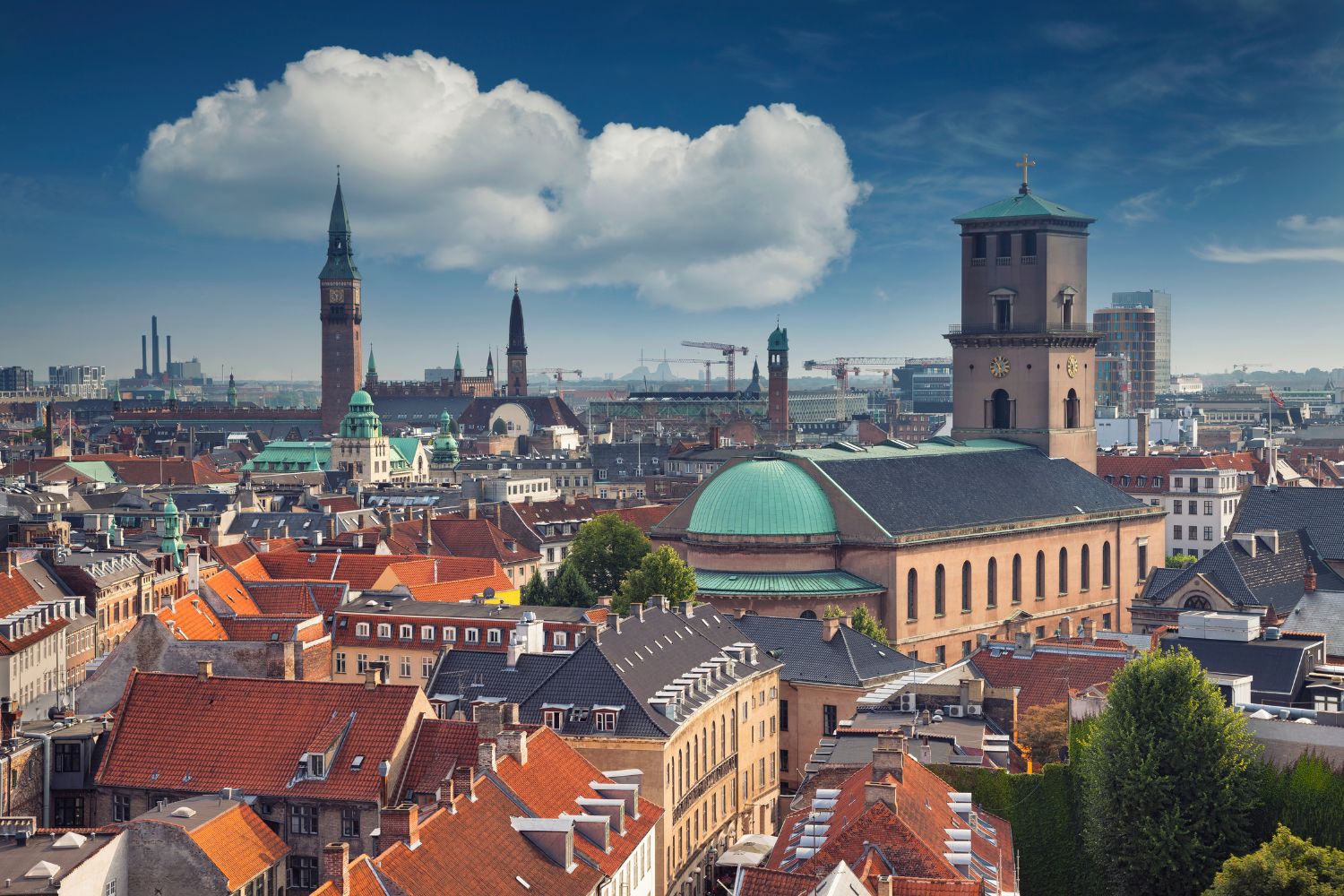- Home
- Articles
- Architectural Portfolio
- Architectral Presentation
- Inspirational Stories
- Architecture News
- Visualization
- BIM Industry
- Facade Design
- Parametric Design
- Career
- Landscape Architecture
- Construction
- Artificial Intelligence
- Sketching
- Design Softwares
- Diagrams
- Writing
- Architectural Tips
- Sustainability
- Courses
- Concept
- Technology
- History & Heritage
- Future of Architecture
- Guides & How-To
- Art & Culture
- Projects
- Interior Design
- Competitions
- Jobs
- Store
- Tools
- More
- Home
- Articles
- Architectural Portfolio
- Architectral Presentation
- Inspirational Stories
- Architecture News
- Visualization
- BIM Industry
- Facade Design
- Parametric Design
- Career
- Landscape Architecture
- Construction
- Artificial Intelligence
- Sketching
- Design Softwares
- Diagrams
- Writing
- Architectural Tips
- Sustainability
- Courses
- Concept
- Technology
- History & Heritage
- Future of Architecture
- Guides & How-To
- Art & Culture
- Projects
- Interior Design
- Competitions
- Jobs
- Store
- Tools
- More
Transforming Cities: Urban Planning After the Empire for a Sustainable Future
Explore the evolution of urban planning in the post-empire era in this insightful article. Discover how historical shifts have influenced today’s cities, emphasizing sustainability, community engagement, and inclusivity. Uncover key case studies like Berlin's adaptive reuse and Barcelona's superblocks that demonstrate innovative strategies for resilience and social equity.

As we navigate the complexities of modern cities, it’s essential to reflect on how urban planning has evolved since the fall of empires. The remnants of imperial influence still shape our urban landscapes, but they also present unique opportunities for reimagining our cities. By understanding the historical context, we can better appreciate how past decisions impact our present and future.
In this article, we’ll explore the transformative shifts in urban planning that emerged in the aftermath of empire. From rethinking public spaces to embracing sustainable practices, we’ll uncover innovative approaches that prioritize community needs. Join us as we delve into the strategies that are redefining urban environments and fostering resilience in a rapidly changing world.

Table of Contents
ToggleHistorical Context of Urban Planning
Understanding the historical context of urban planning is essential for recognizing how past events influence current urban landscapes. The fall of empires marked significant changes in governance, policy, and the structure of cities.

The Fall of Empires
The fall of empires resulted in widespread urban transformation, as power dynamics shifted. Cities once characterized by imperial grandeur often faced decline, leading to disinvestment and decay. For instance, after the Roman Empire’s collapse, many urban centers in Europe experienced population declines and infrastructure neglect. Conversely, new powers emerged, birthing cities like Constantinople and Baghdad that fused diverse cultural influences. These shifts in urban centers underscored the need for adaptive planning strategies as communities grappled with changing demographics and economic realities.
Shifts in Governance and Policy
The transition from empires to nation-states triggered substantial policy shifts, impacting urban planning frameworks. Decentralization of authority often empowered local governments, enabling tailored responses to unique community needs. For example, countries like France and England saw the rise of town planning laws in the 19th century, a direct response to industrialization and urbanization pressures. Policies began to prioritize housing, sanitation, and transportation, laying groundwork for modern urban planning practices. As we reflect on these adaptations, the influence of past governance structures helps us understand contemporary policies that shape our urban environments today.
Key Principles of Urban Planning After the Empire
Urban planning after the fall of empires focuses on integrating historical lessons into contemporary practices. Key principles emphasize sustainability, resilience, inclusivity, and community engagement, reflecting the evolving needs of diverse urban populations.

Sustainability and Resilience
Sustainability and resilience stand as fundamental components of modern urban planning. We seek to design cities that adapt to environmental changes while minimizing ecological footprints. Strategies include utilizing green infrastructure, such as green roofs and permeable pavements, which reduce stormwater runoff and improve air quality.
Additionally, mixed-use developments encourage diverse land usage, fostering walkability and reducing reliance on cars. Urban planners increasingly prioritize renewable energy sources, such as solar panels, to lower energy consumption and greenhouse gas emissions. Furthermore, preparing for climate-related challenges involves creating adaptable urban spaces capable of withstanding natural disasters and environmental shifts.
Inclusivity and Community Engagement
Inclusivity and community engagement are vital to shaping urban environments that reflect the values and desires of their inhabitants. We emphasize the importance of involving residents in the planning process through workshops, surveys, and public forums. This participatory approach fosters a sense of ownership and accountability among community members.
Designing accessible public spaces that cater to all demographics, including people with disabilities, enhances social equity. City officials prioritize affordable housing initiatives to ensure that diverse socio-economic groups can thrive within urban settings. Our commitment to inclusivity drives efforts to address historical injustices and empower underrepresented communities in shaping their neighborhoods.
Case Studies in Urban Planning
Analyzing distinct urban planning examples post-empire allows us to understand how cities evolve and adapt. We can draw insights from major cities that exemplify these transformative practices.

Major Cities Transformed
- Berlin, Germany
Berlin’s urban design post-reunification showcases an adaptive reuse of space. The Berlin Wall’s fall catalyzed redevelopment, converting former borders into vibrant public spaces like parks and cultural centers.
- Barcelona, Spain
Barcelona’s superblocks initiative prioritizes pedestrian-friendly environments. By restricting car access in certain areas, the city fosters community interaction and reduces pollution, emphasizing sustainable urban living.
- New York City, USA
New York’s post-9/11 recovery led to the development of the Lower Manhattan Resiliency Plan. This strategy incorporates flood defenses and green spaces, highlighting resilience in urban planning amid environmental challenges.
- Tokyo, Japan
Tokyo’s approach to earthquake preparedness demonstrates how urban design incorporates safety measures. Buildings undergo strict regulations ensuring structural integrity while public spaces serve as community gathering points in emergencies.
Lessons Learned from Examples
- Community Engagement
Successful urban planning emphasizes involving local populations in decision-making. Barcelona’s improvement initiatives reflect heightened community engagement in reshaping urban landscapes.
- Sustainability Focus
Commitment to sustainability gains traction through examples like Berlin and Amsterdam. Implementing green infrastructure reduces environmental impacts and enhances urban resilience.
- Social Equity
Prioritizing affordable housing, as seen in New York’s initiatives, reflects the necessity of addressing historical inequities. Ensuring all community members have access to essential resources builds inclusive neighborhoods.
- Adaptive Use of Space
Transformative designs illustrate the effective reuse of historical sites. Adaptive strategies, like those in Berlin and Tokyo, repurpose old structures into functional public spaces.
Current Trends in Urban Planning
We observe a dynamic landscape in contemporary urban planning, characterized by a blend of technological advancements and progressive policy reforms that shape our cities. These trends reflect a commitment to sustainability, equity, and community engagement in the wake of historical transformations.

Technological Innovations
We recognize that technological innovations play a pivotal role in redefining urban environments. Smart city technologies, including Internet of Things (IoT) sensors, enable real-time data collection to improve resource management. For instance, energy-efficient buildings use smart grids to optimize energy consumption.
Urban mobility is enhanced through electric vehicle (EV) infrastructure and intelligent transportation systems that streamline traffic flow. Additionally, digital platforms facilitate community participation through online forums and mobile applications, encouraging resident feedback in planning processes. By leveraging these technologies, cities can create responsive, efficient, and inclusive urban spaces.
Policy Reforms
We note that recent policy reforms significantly impact urban planning practices. Zoning laws increasingly reflect a shift towards mixed-use developments that promote walkability and reduce dependency on cars. Additionally, policies supporting green infrastructure prioritize eco-friendly practices, such as urban forests and rainwater management systems, to mitigate environmental impacts.
We also observe an emphasis on affordable housing initiatives at the municipal level. Many cities enact policies to ensure equitable access to housing for all income levels, addressing historical inequities. By fostering collaboration between governments and communities, these policies enhance transparency and accountability, ensuring that urban planning meets the needs of diverse populations.
Together, these trends illustrate a proactive approach to urban planning, prioritizing sustainability, inclusivity, and technological integration in the ever-evolving post-empire landscape.
Conclusion
We recognize the significant influence of historical events on the evolution of urban planning following the collapse of empires. Urban transformations reflect shifts in power dynamics, with cities transitioning from imperial centers to diverse urban landscapes. Understanding these changes helps us appreciate how past decisions shape modern environments.
We observe key principles guiding urban planning today, such as sustainability, resilience, inclusivity, and community engagement. These principles aim to create adaptive and environmentally friendly urban settings. We emphasize collaborative efforts in planning processes, ensuring residents influence outcomes that matter to their communities.
We identify successful case studies that highlight innovative strategies in urban planning. Berlin’s adaptive reuse, Barcelona’s superblocks, and New York City’s resiliency measures showcase effective practices in addressing contemporary challenges. These examples illustrate the importance of community involvement, sustainability, and social equity in urban design.
We analyze the current urban planning landscape, noting the integration of technology and progressive policies. Smart city technologies enhance participation and resource management, while mixed-use developments and green infrastructure foster sustainable urban environments. Our focus on these trends reflects a commitment to inclusive and technologically advanced planning approaches, addressing the needs of diverse populations in a rapidly changing world.
- city planning experts
- city resilience strategies
- city transformation
- eco-friendly urban design
- future city planning
- green urban planning
- post-empire cities
- regenerative urban development
- reimagining cities
- smart city planning
- sustainable cities
- sustainable future cities
- sustainable infrastructure
- sustainable urban development
- urban development consultancy
- urban ecology
- urban planning
- urban renewal strategies
- urban sustainability
Submit your architectural projects
Follow these steps for submission your project. Submission FormLatest Posts
How DeepSeek AI Is Transforming Architecture and Urban Design Workflows
DeepSeek AI represents a new generation of architectural intelligence, shifting artificial intelligence...
Copenhagen Named the Happiest City in the World in 2025
Copenhagen has been named the happiest city in the world in 2025...
Frank Gehry’s Transformative Ideas in Urban Design
Frank Gehry’s influence extends far beyond expressive architecture; his ideas have reshaped...
Architecture as Infrastructure: Designing Beyond Buildings
Architecture as infrastructure reframes cities as systems—flows, lifecycles, and value. Explore resilient...












Leave a comment